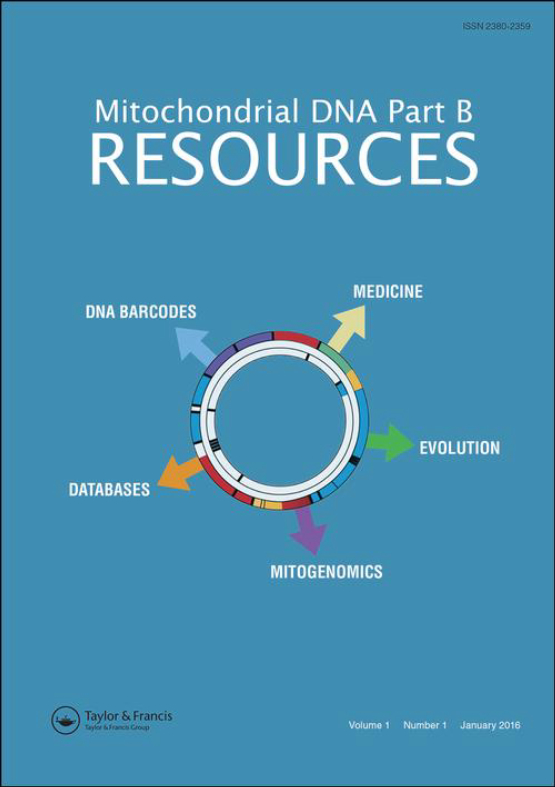Associate Editor needed for
Mitochondrial DNA Part B
Deadline
About the role
Mitochondrial DNA Part B is currently recruiting for Associate Editors with experience in organelle genomics, such as for Chloroplast and Mitochondrial Genomes.
This is a great opportunity for academics with the commitment, drive and ability to help develop the journal. A strong research background is required.
As part of the role, you will be responsible for supporting the Editors and Publisher with your expertise , handling the peer review of articles submitted to the journal, advocating for the journal in your networks and at events and conferences, and attending an annual Editorial Board Meeting to discuss plans for the journal's development. You will also be encouraged to submit your own work to the journal and to be involved in journal special issues and article collections.
Joining the editorial board of a journal is a rewarding and fulfilling experience where you have the opportunity to build your own networks, develop and promote the research in your field, and be recognized as a leading figure within the academic community.
About the Journal

Mitochondrial DNA Part B: Resources is an open access journal publishing mitogenome reports, plastome reports, methods, reviews, and rapid communications.
Mitochondrial DNA Part B is the open access sister journal to Mitochondrial DNA Part A.
Mitochondrial DNA Part B serves the scientific community by publishing the growing number of organelle genomes sequenced by researchers.
The journal considers rapid communications on the following topics:
- Physical, chemical, and biochemical aspects of mtDNA and proteins involved in mtDNA metabolism, and/or interactions
- Population genetics, phylogenetics and human evolution that use mitochondrial DNA as a source of evidence for studies
- Human mitochondrial disorders and the utility of mitochondrial DNA information in medical studies
- Unique methodological or algorithmic approaches to the analysis of mtDNA data sets
- Communication papers describing new methods, software tools and databases
The journal accepts mitogenome reports, plastome reports, methods, reviews and rapid communications. Mitochondrial DNA Part B operates a single anonymized peer review policy.
Key Skills and Attributes
- The capacity to devote time each year to the role, to feedback on our guidelines for publishing genome reports and to attend Editorial Board meetings and training sessions.
- A commitment to engaging promptly and efficiently with Taylor & Francis staff and suppliers to implement necessary processes and improvements.
- A strong commitment to ethical rigour as well as knowledge of the COPE guidelines and commitment to ensure that the journal adheres to strict ethical standards at all times.
- A proven track record as an established or emerging researcher.
- Actively involved in growing and developing your academic networks through conference attendance and experience of networking through social media.
- A vision and enthusiasm for the continuous development of the journal.
Application instructions
A Role Profile for Associate Editor is available on request. Applications should include your CV, and a cover letter. Your cover letter should highlight your experiences with Mitogenome or Plastome sequencing.
Did you know?
Joining a Taylor & Francis journal as an Editor or Board member brings many personal and professional benefits.
Find more roles in your subject area with our Editor Recruitment search tool.
The journal is committed to ensuring diversity, equity and inclusion within its editorial team and decision making processes. All applications will be treated as strictly confidential, and each will be judged on its merits without bias for seniority of institutional affiliation. We do not discriminate on the basis of race, color, ancestry, national origin, religion, or religious creed, mental or physical disability, medical condition, genetic information, sex (including pregnancy, childbirth, and related medical conditions), sexual orientation, gender identity, gender expression, age, marital status, military or protected veteran status, citizenship, or other protected characteristics.
